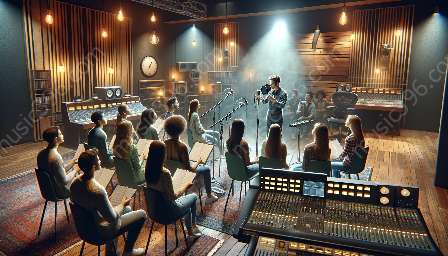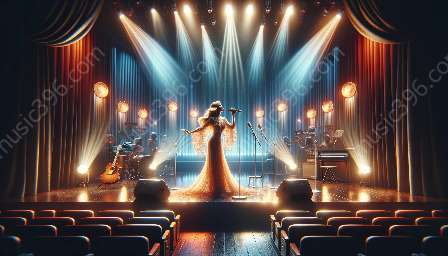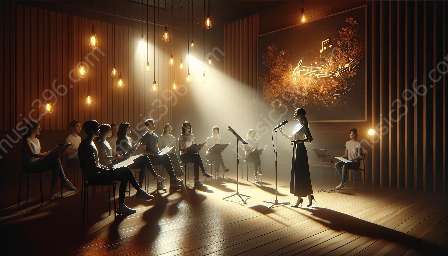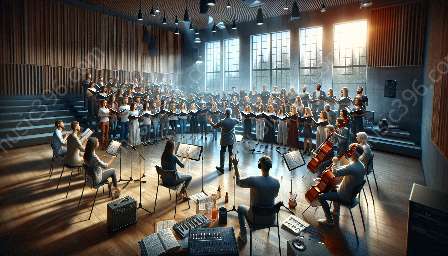Singing is a form of self-expression and storytelling that can be greatly enhanced through the use of extended vocal techniques. By incorporating these techniques, singers can add depth, texture, and dynamics to their performances, creating a more engaging and captivating experience for their audience.
Understanding Extended Vocal Techniques
Extended vocal techniques refer to the expansion and exploration of the traditional singing voice beyond its conventional limits. These techniques allow singers to produce a wide range of sound and expressiveness, enabling them to convey diverse emotions and narratives through their performances.
While traditional vocal techniques focus on breath control, pitch accuracy, and tone quality, extended vocal techniques emphasize the use of unconventional sounds and textures to add depth and dimension to singing.
Incorporating Extended Vocal Techniques for Dynamics
Extended vocal techniques can significantly enhance dynamics in singing by enabling singers to express a broader range of emotions and intensities. By mastering these techniques, singers can seamlessly transition between soft, delicate whispers and powerful, resonant high notes, creating a dynamic and compelling performance.
Here are some common extended vocal techniques that can be used to enhance dynamics in singing:
- Vocal Fry: This technique involves producing a creaky or crackling sound by engaging the lower vocal folds. It can add a gritty and raw quality to the voice, enhancing the emotional depth of a performance.
- Whistle Register: Utilizing the highest vocal register, singers can produce piercing, ethereal tones that can add a sense of brightness and heightened emotion to a song.
- Growling and Distortion: By incorporating these techniques, singers can infuse their performances with a raw, edgy quality, intensifying the emotional impact of their vocals.
- Overtones and Harmonics: Manipulating the resonance of the voice can create rich, layered sounds that expand the sonic palette and enhance the overall dynamics of a performance.
Applying Expression and Dynamics in Singing
Expressing emotion through singing goes beyond technical proficiency and reaches into the realm of storytelling and personal connection. By incorporating extended vocal techniques, singers can elevate their expressiveness and dynamics, creating a more immersive experience for their audience.
When applying expression and dynamics in singing, it is essential for singers to focus on the following key aspects:
- Emotional Interpretation: Connecting with the underlying emotions of a song and effectively conveying them through nuanced vocal expressions is crucial for engaging the audience and eliciting a powerful response.
- Phrasing and Dynamics: Mastering the subtle variations in volume, intensity, and timing can add depth and dimension to a performance, creating a dynamic and captivating musical narrative.
- Vocal Color and Texture: Experimenting with different vocal timbres, textures, and tonal qualities can enrich the sonic landscape of a performance, enhancing its emotional impact and expressiveness.
Voice and Singing Lessons for Vocal Expansion
To effectively incorporate extended vocal techniques and enhance dynamics in singing, singers can benefit from voice and singing lessons that focus on the following areas:
- Vocal Exploration: Engaging in vocal exercises and exploration under the guidance of a skilled instructor can help singers expand their vocal range, agility, and expressive capabilities.
- Technique Refinement: Learning to control and manipulate the voice through specialized vocal exercises can hone the skills necessary for incorporating extended vocal techniques and enhancing dynamics in singing.
- Performance Coaching: Working with a vocal coach or performance instructor can provide valuable feedback and guidance on expressing emotion, storytelling, and creating dynamic performances through extended vocal techniques.
- Artistic Interpretation: Exploring the creative and artistic aspects of singing can empower singers to infuse their performances with authenticity, depth, and emotional resonance.






























